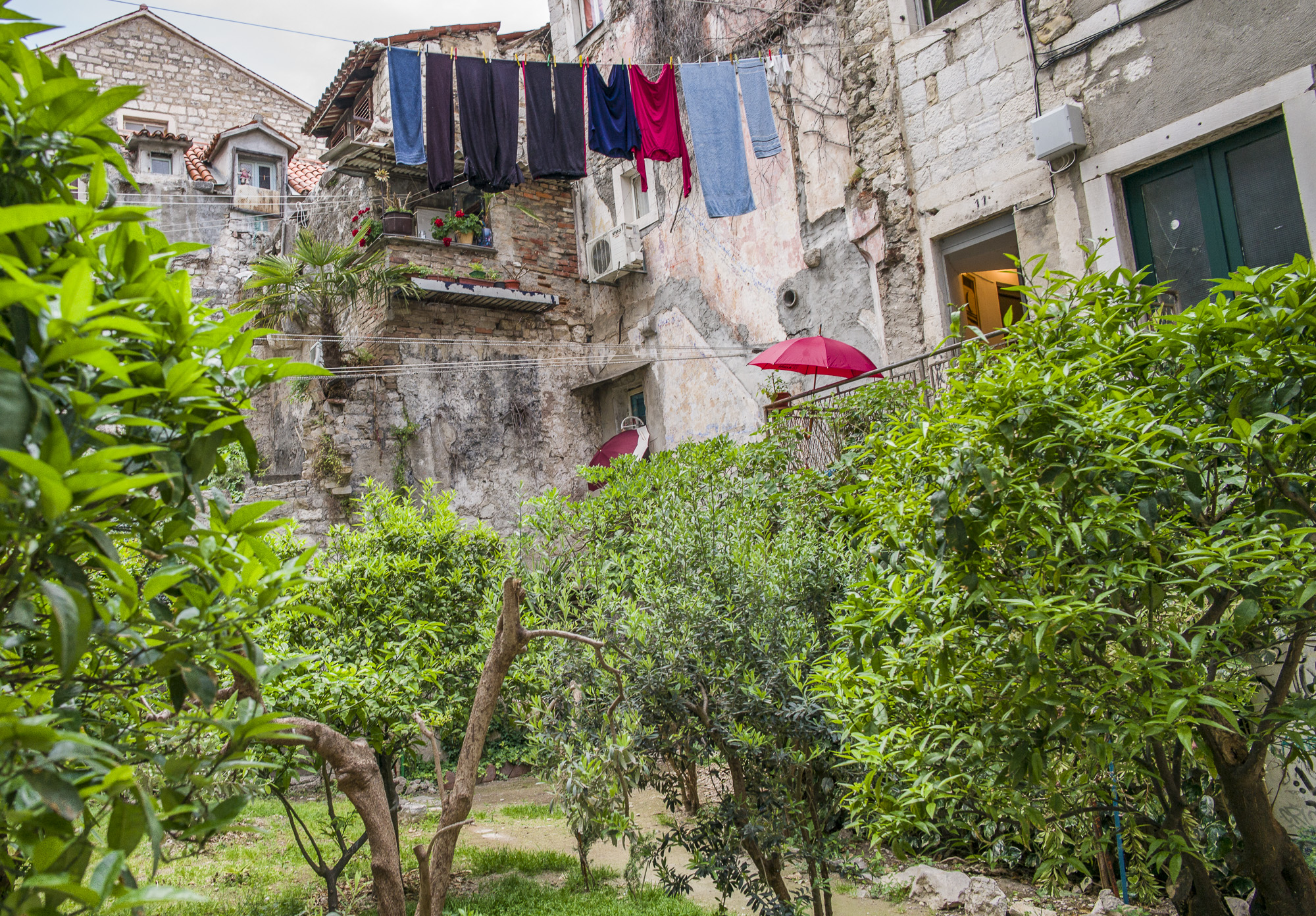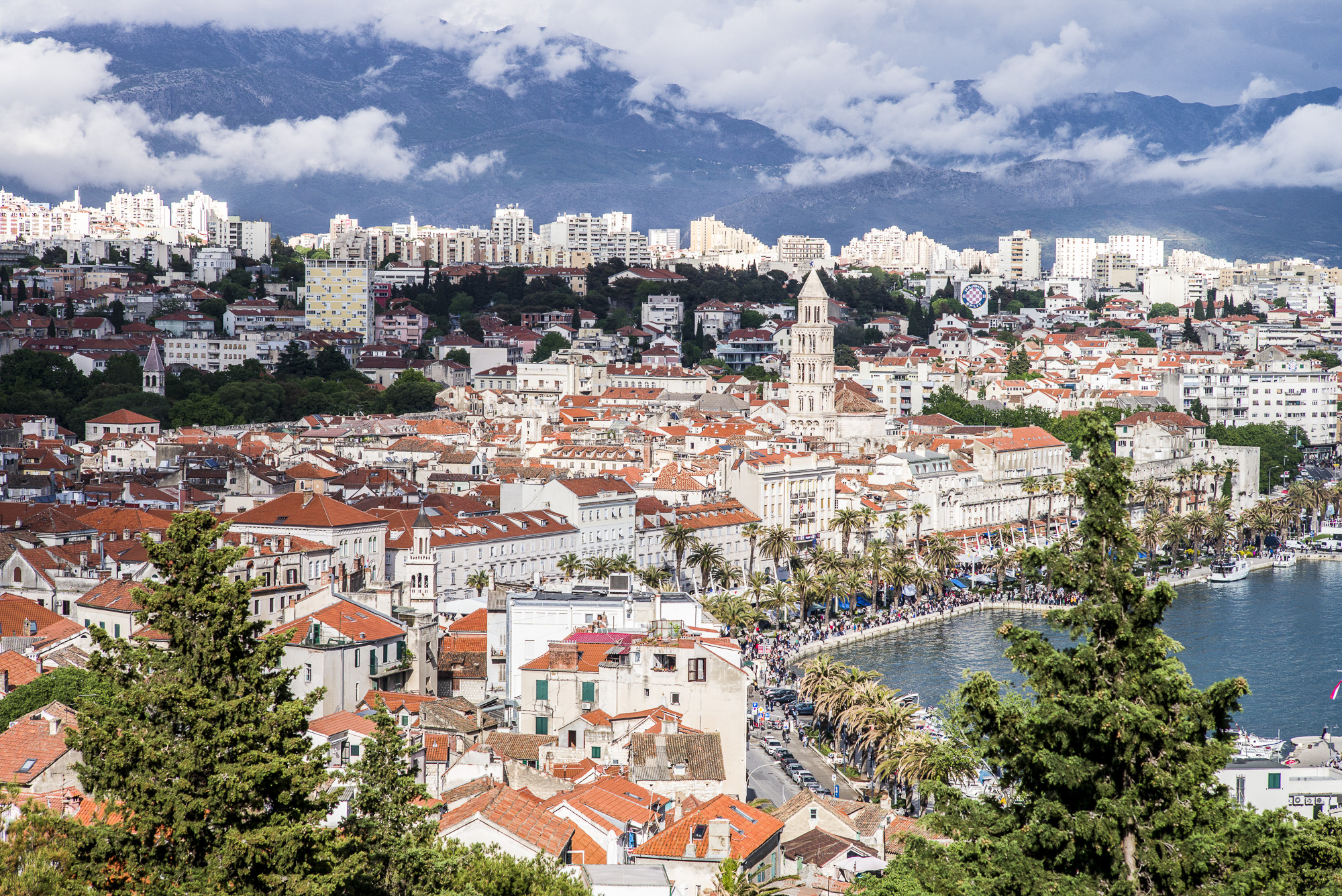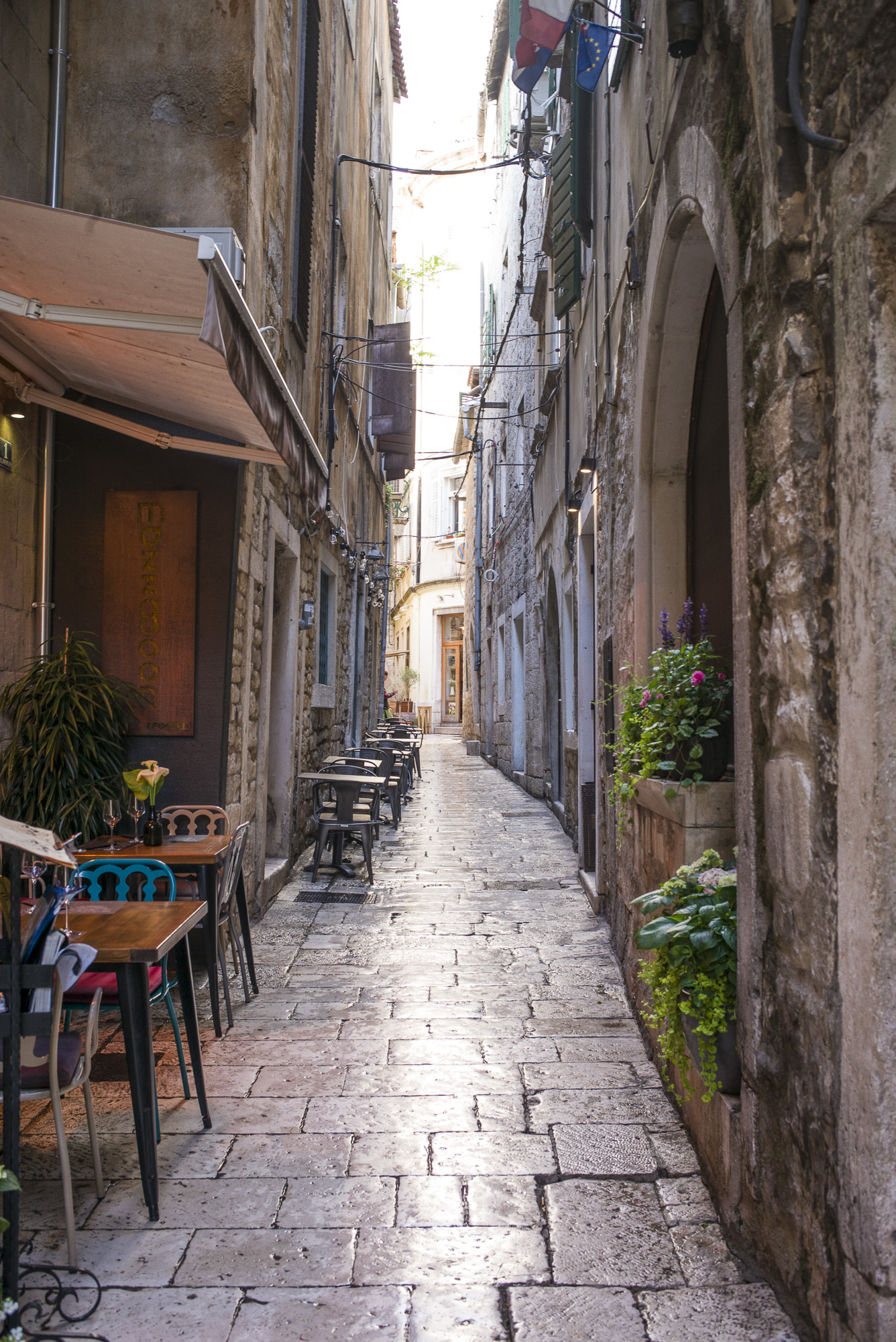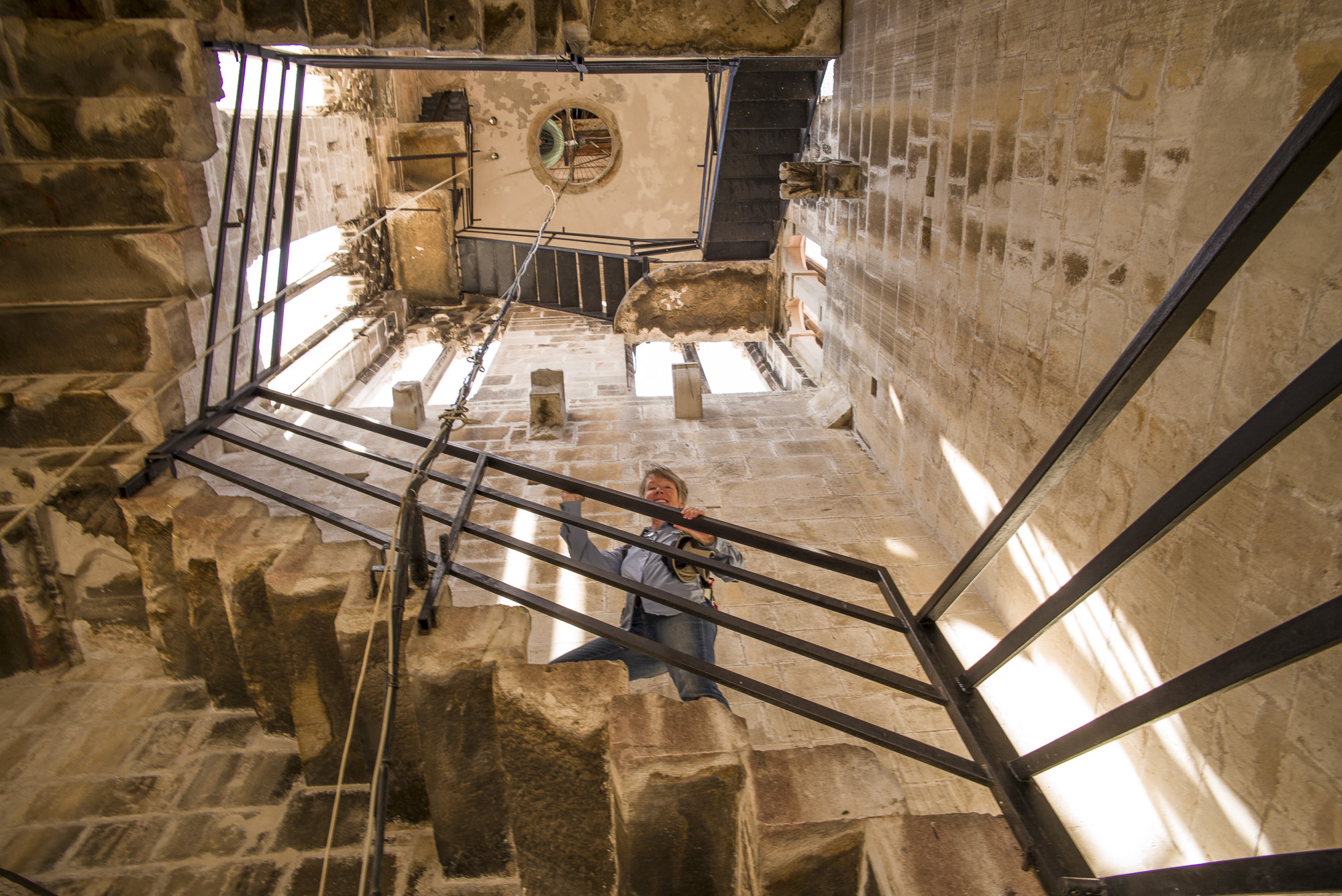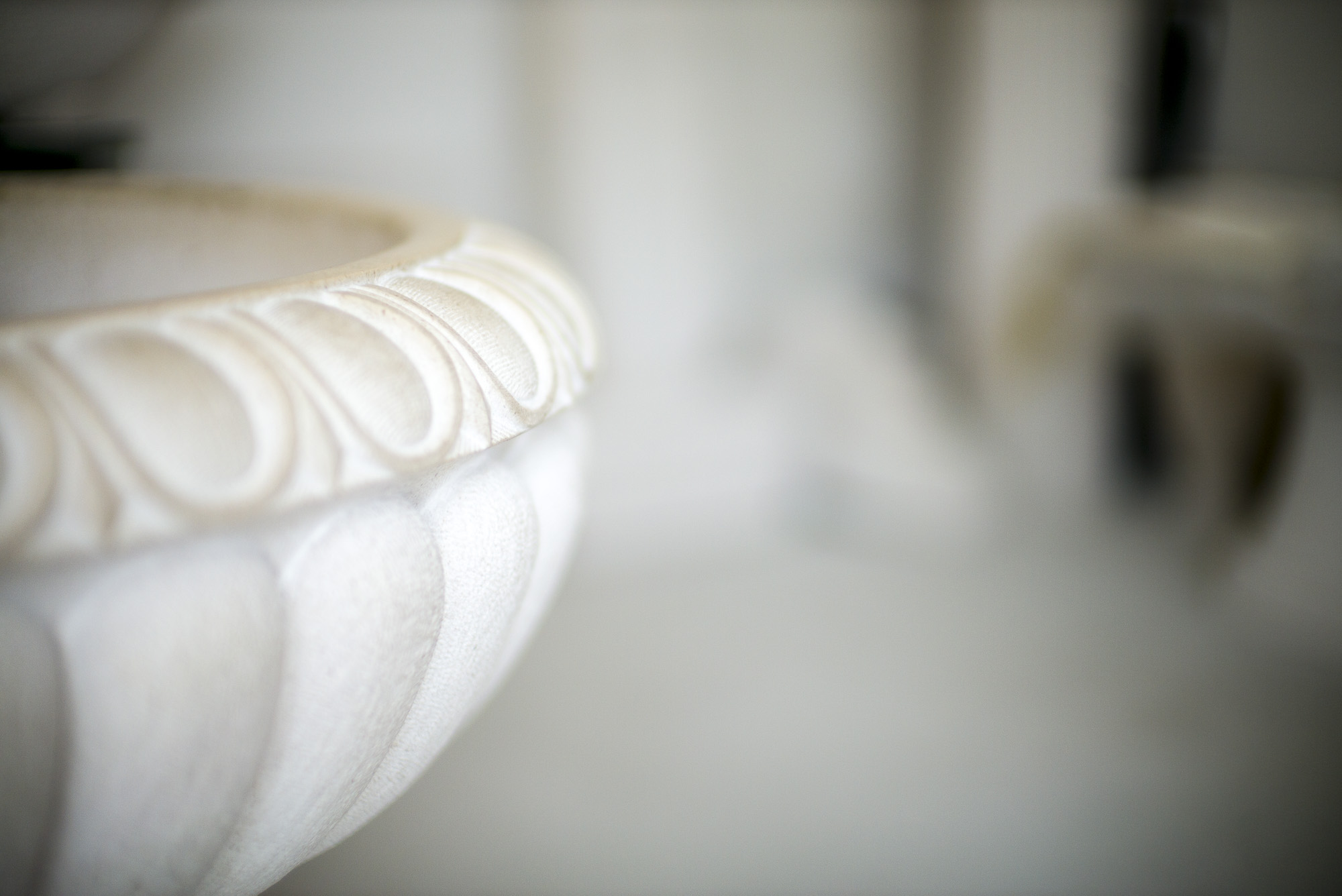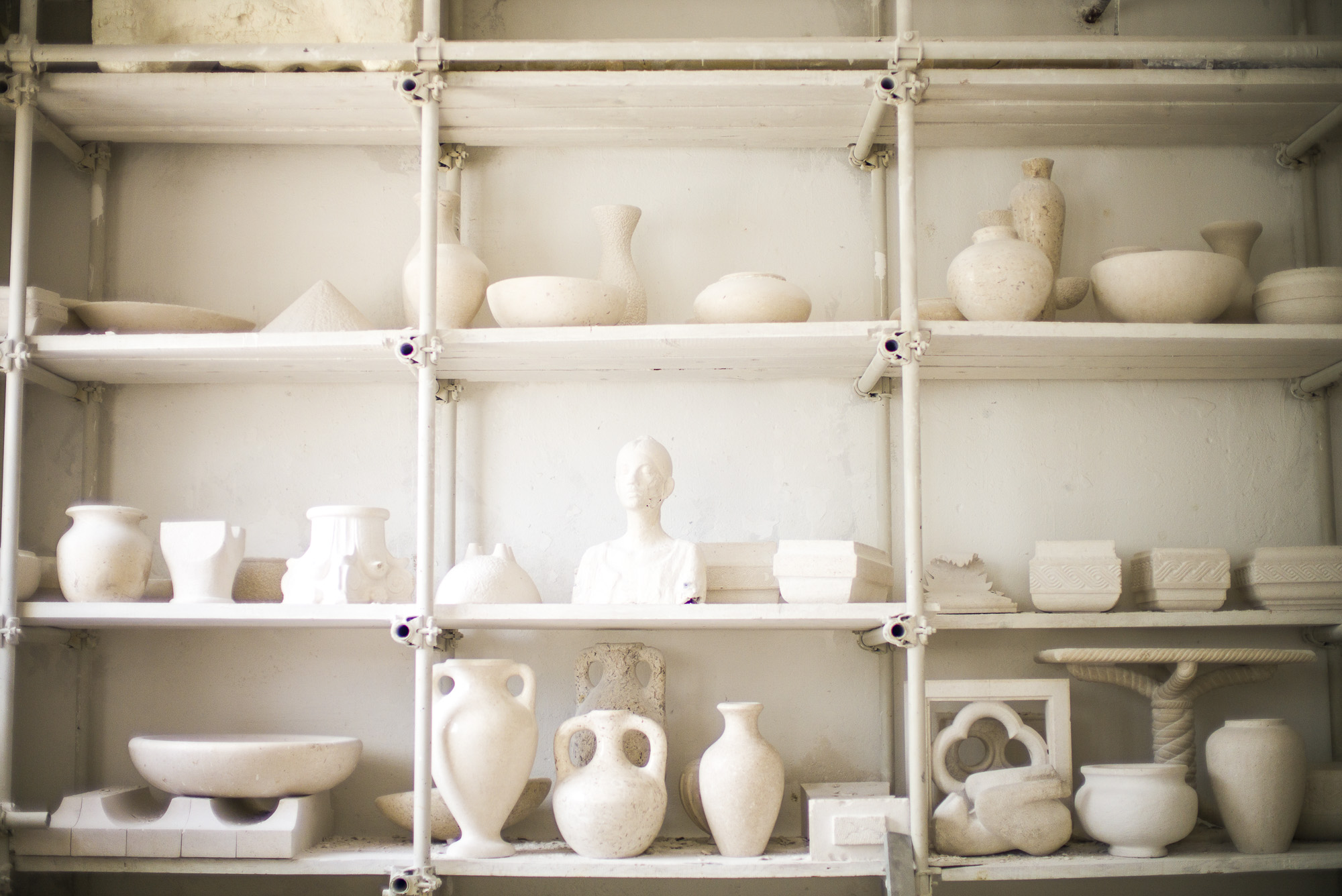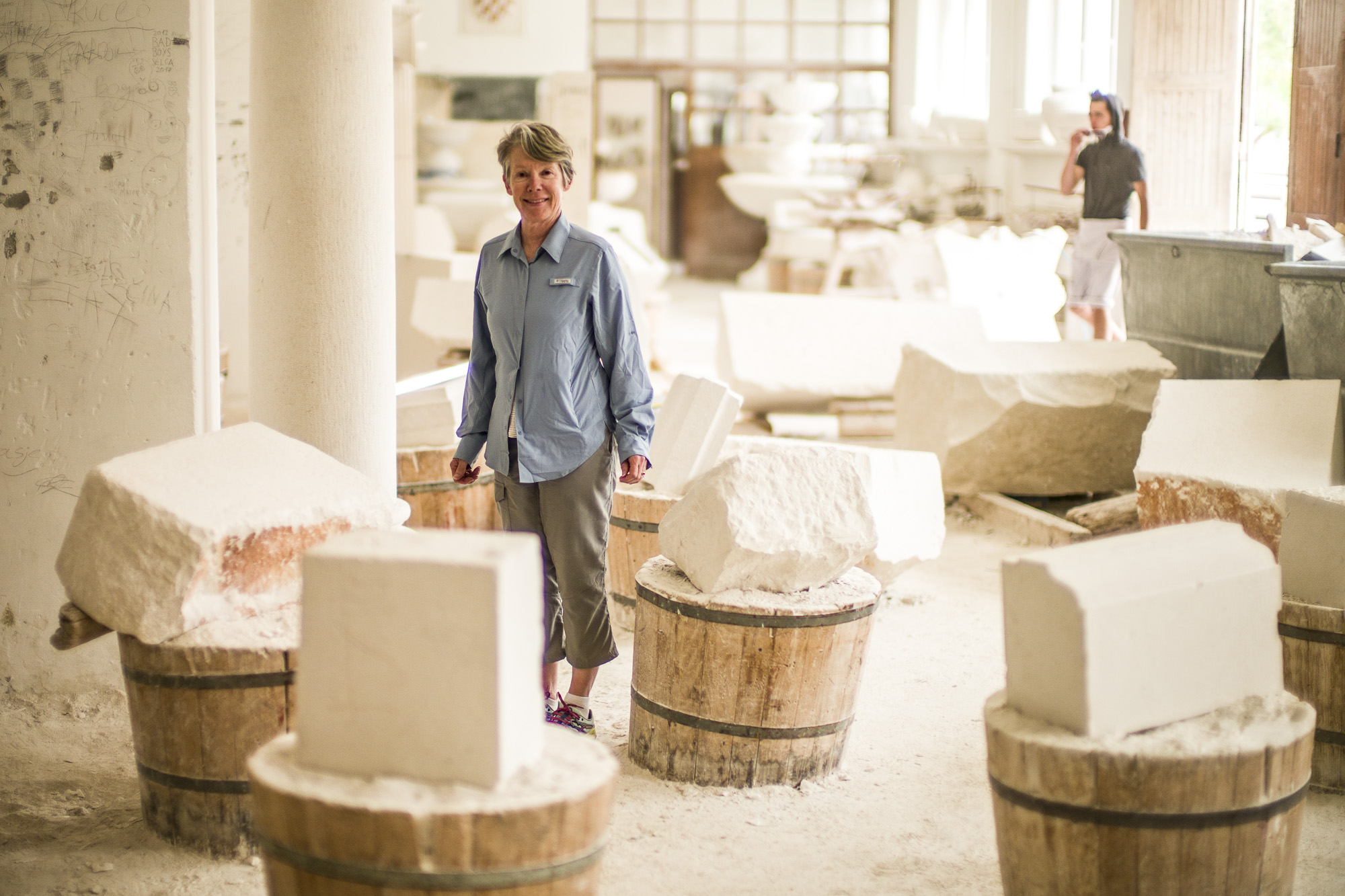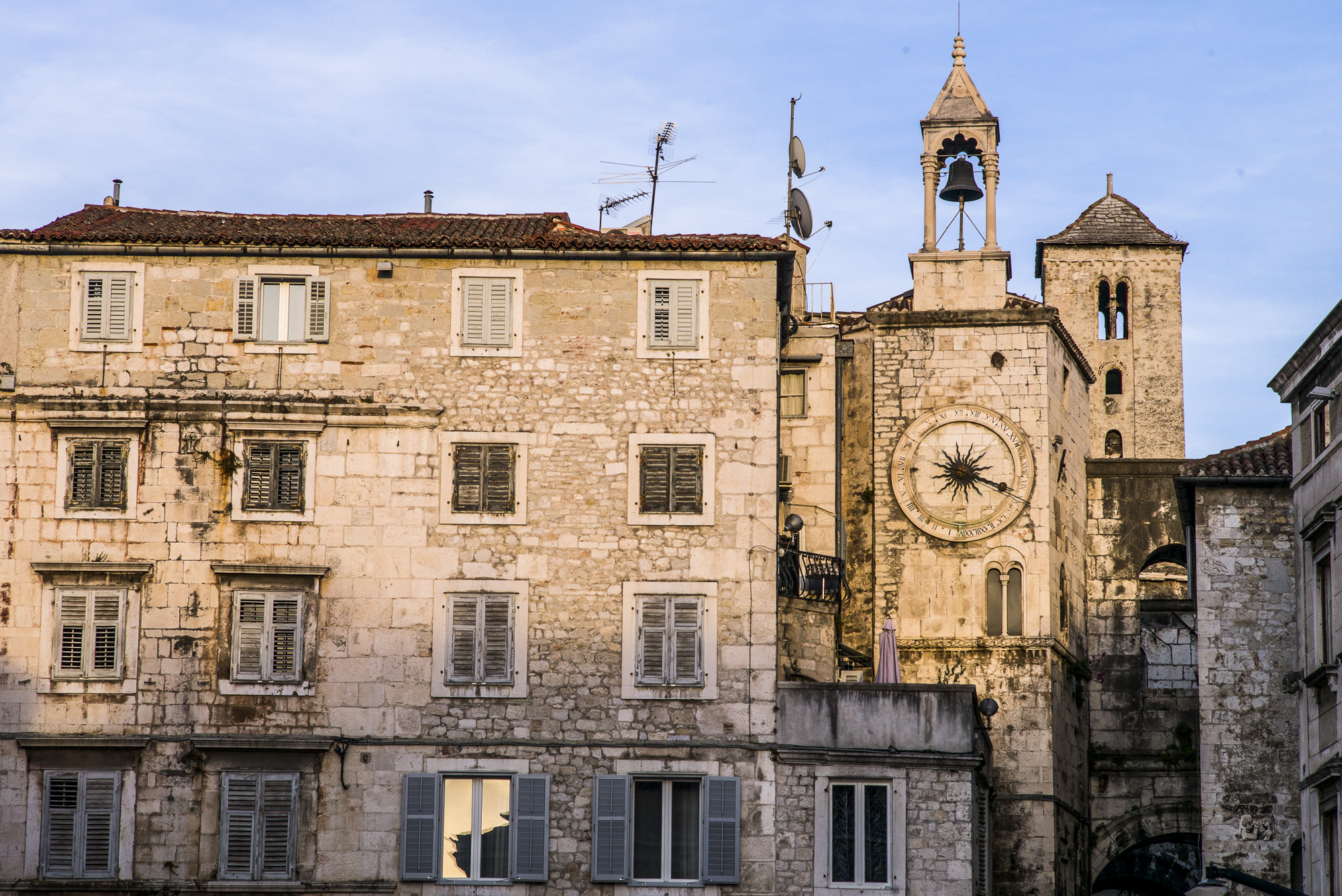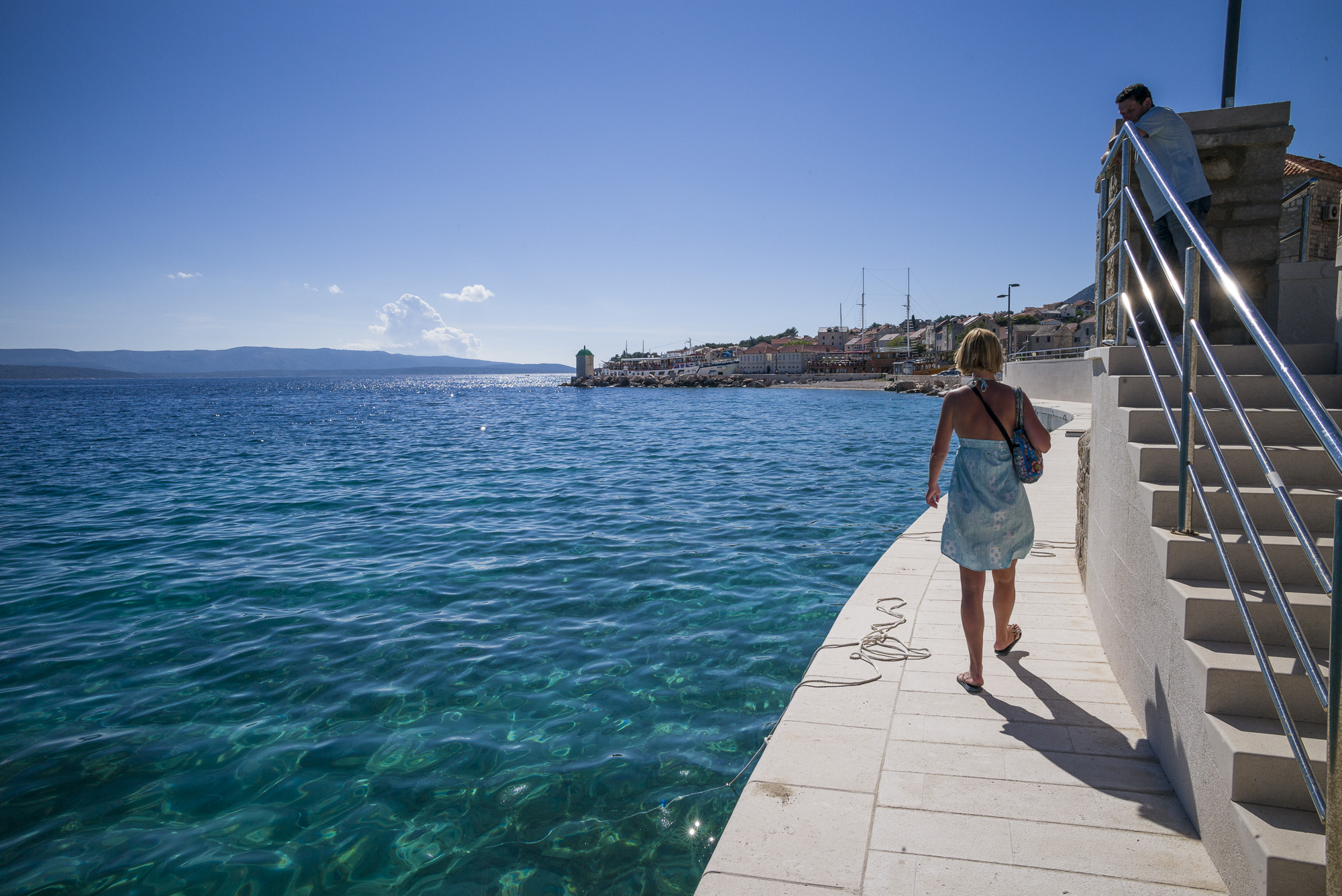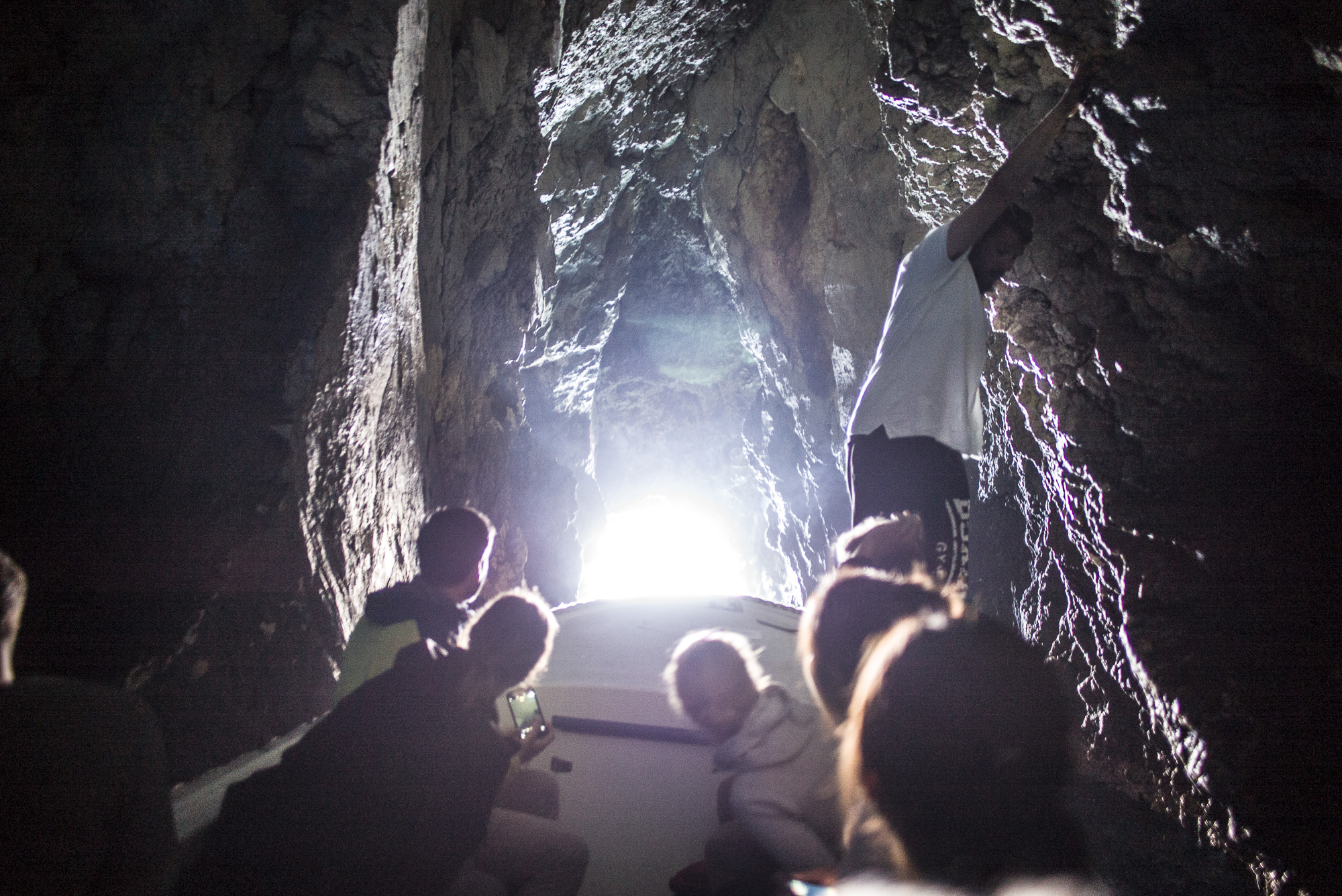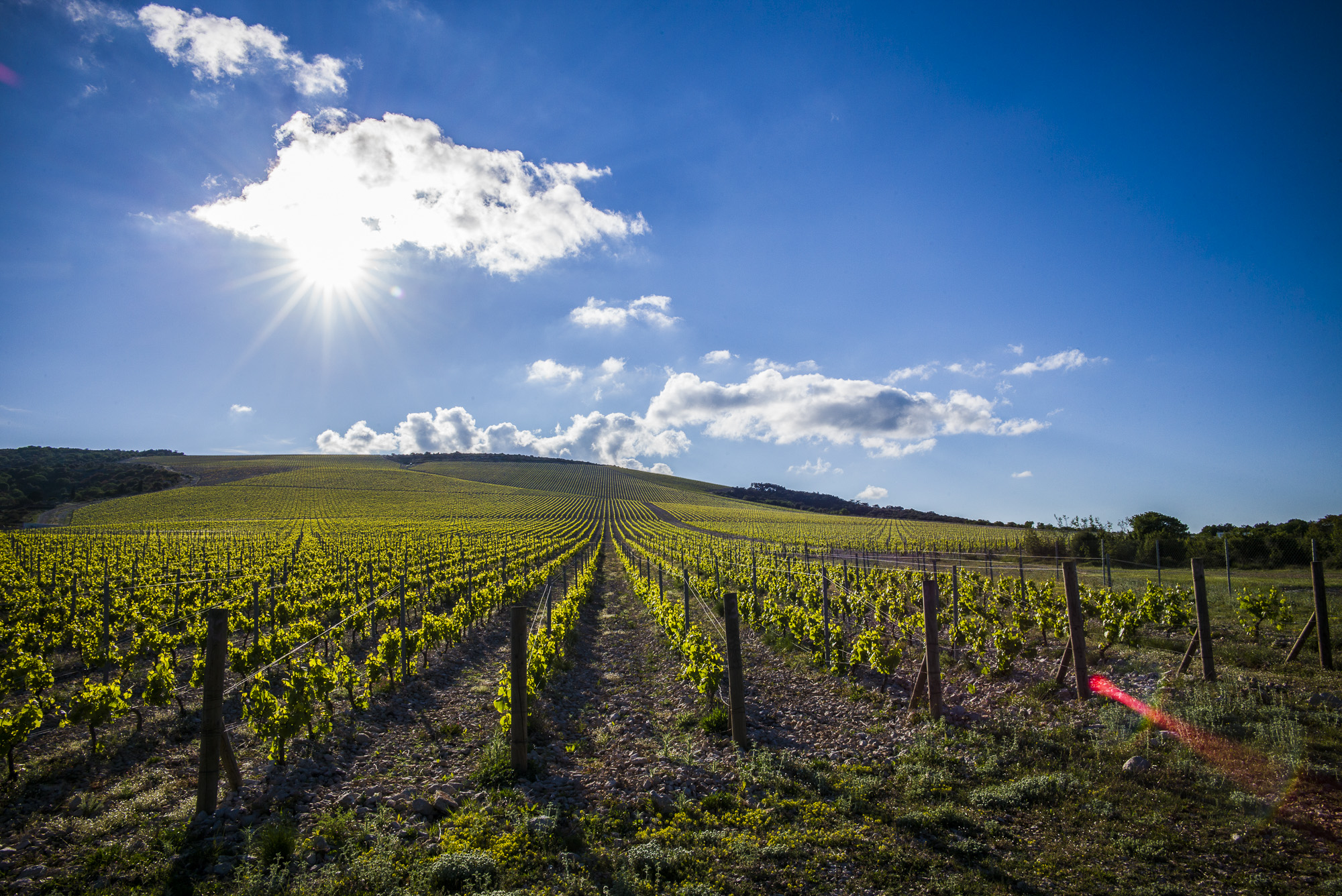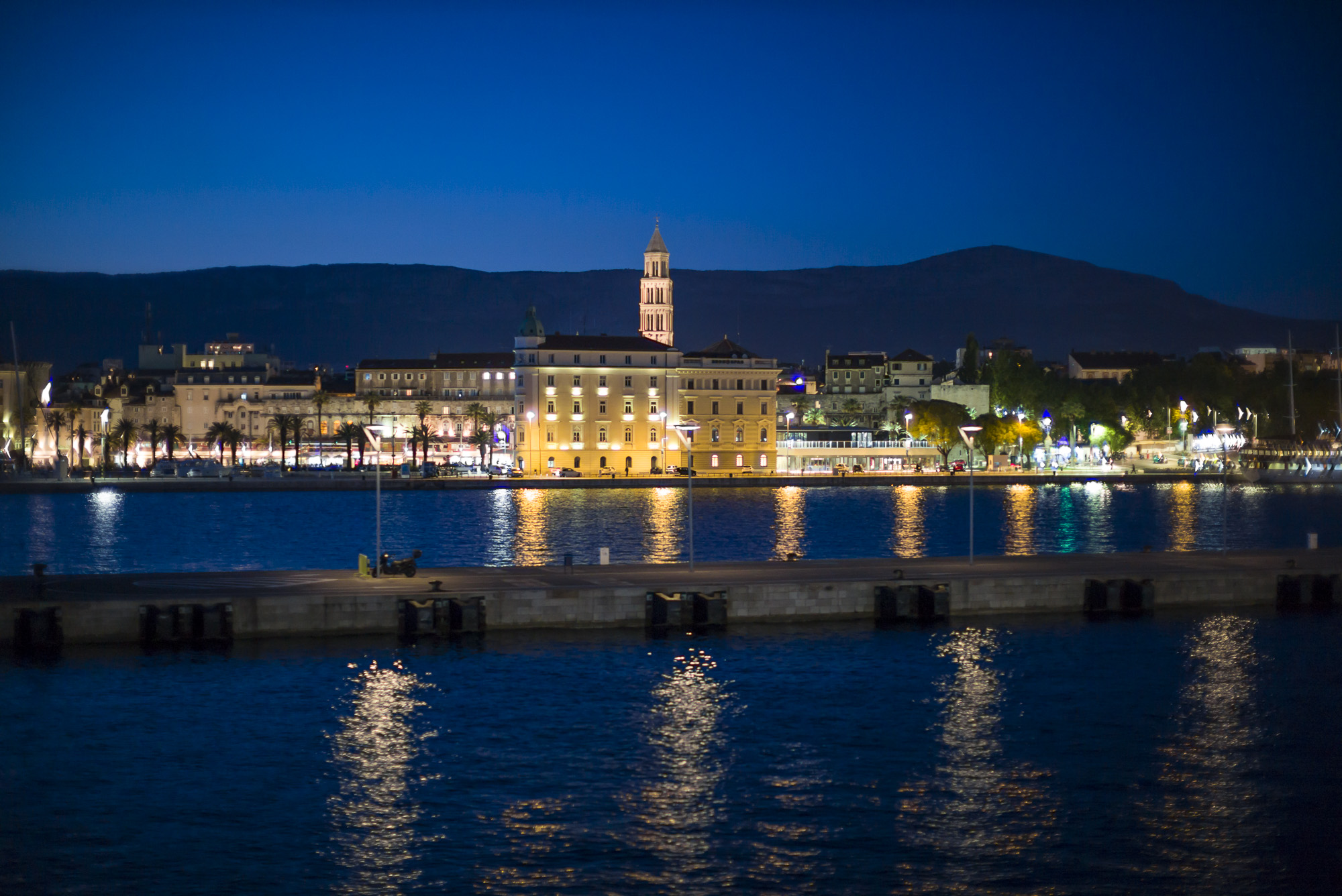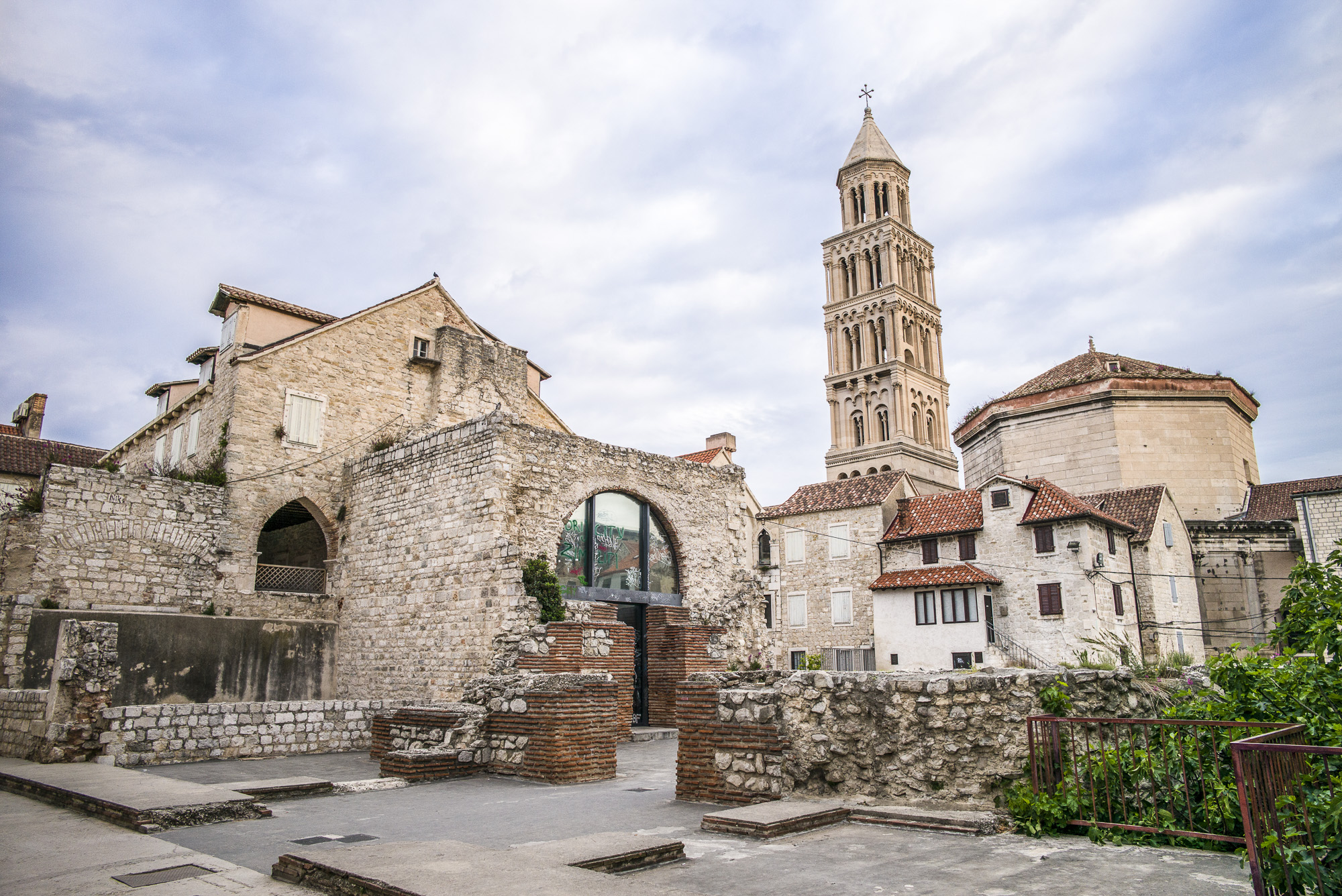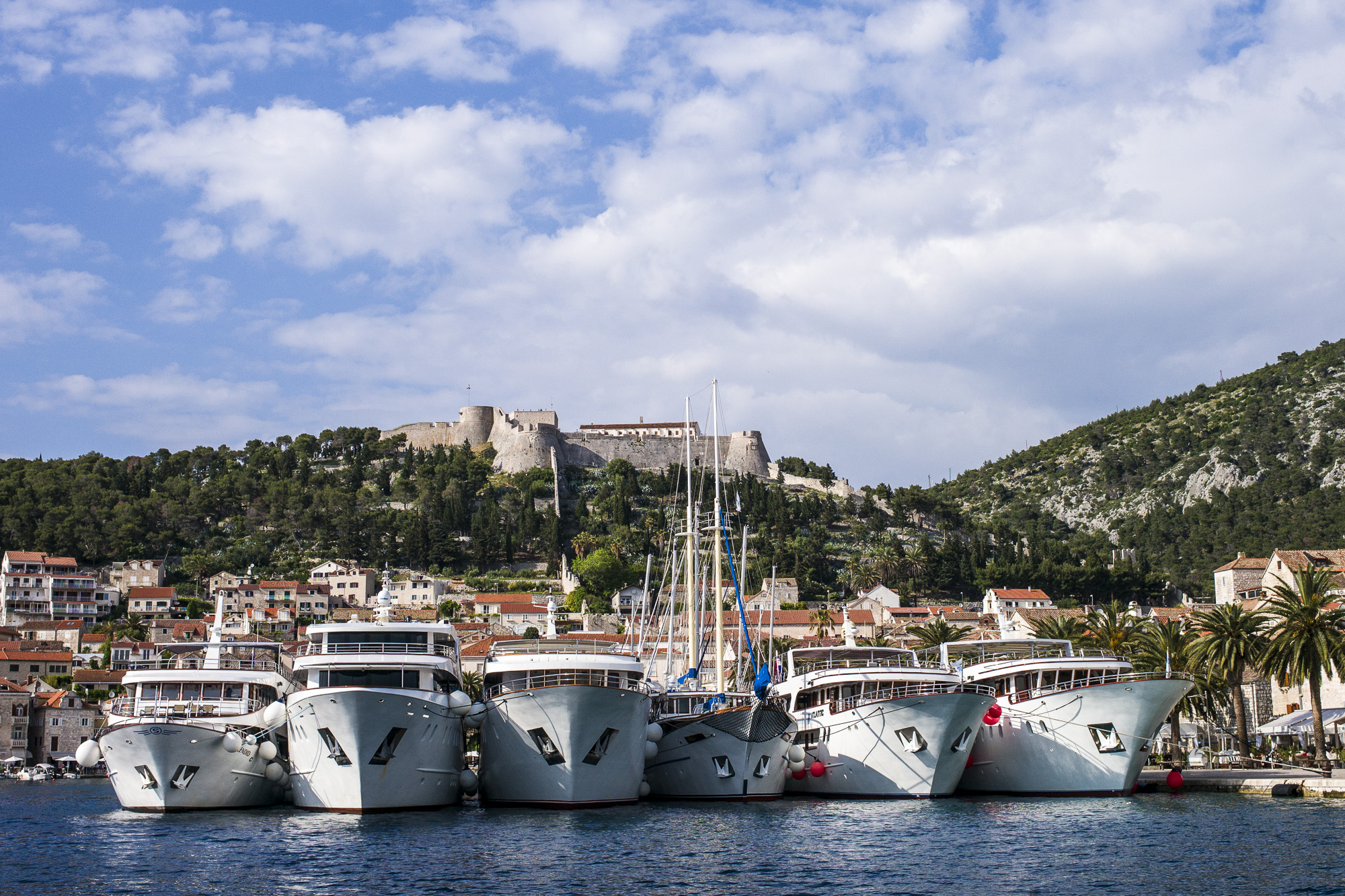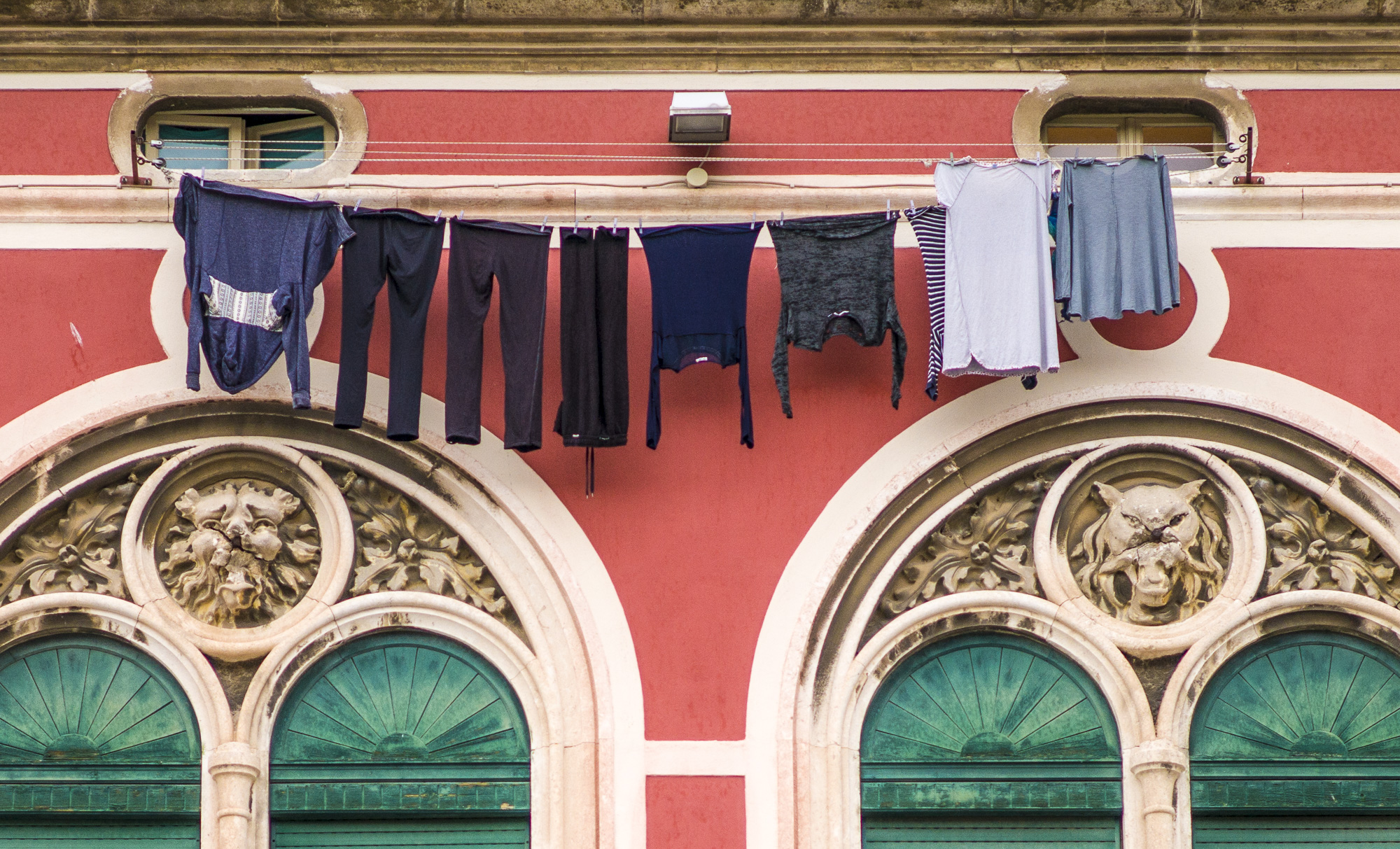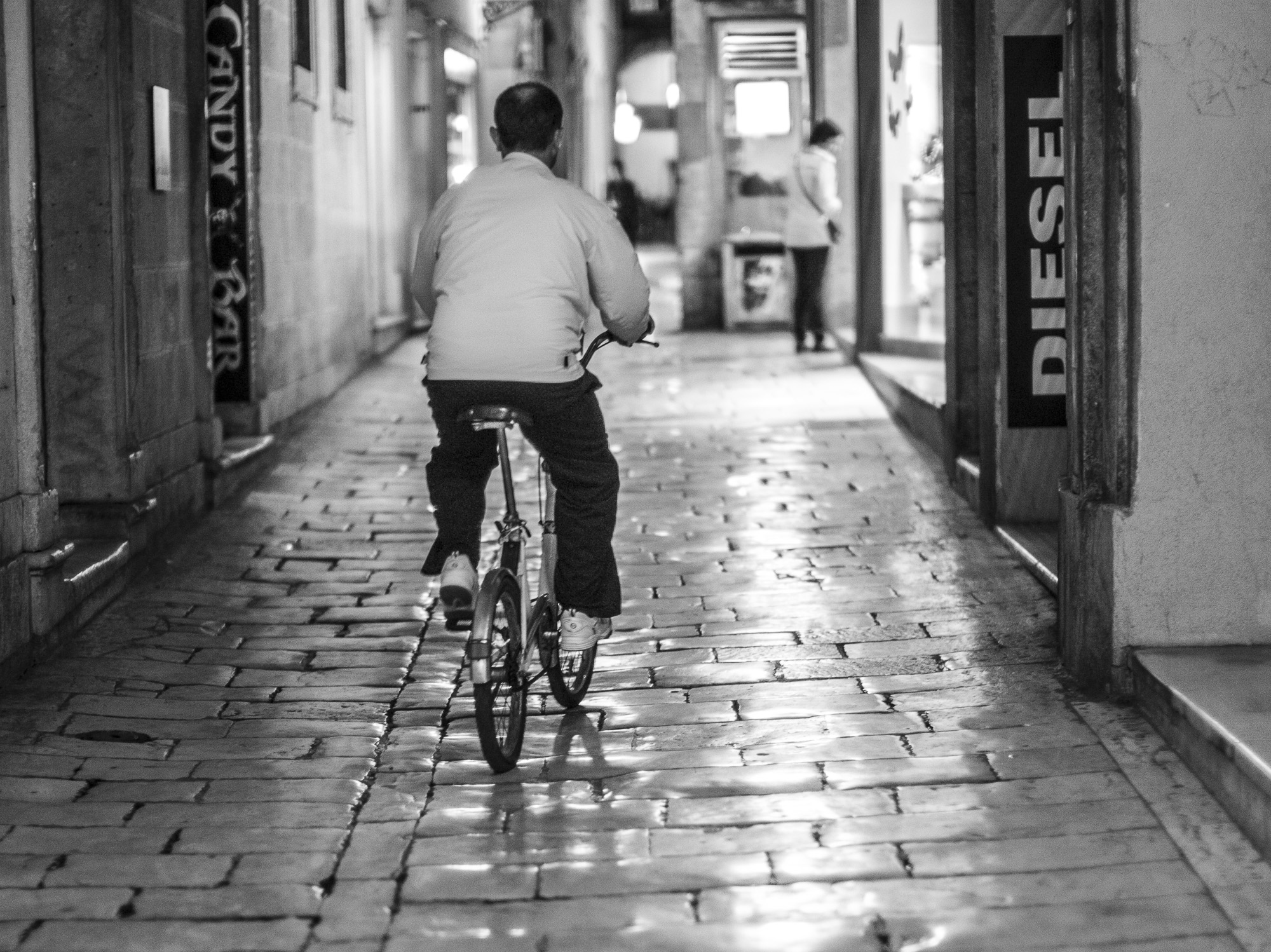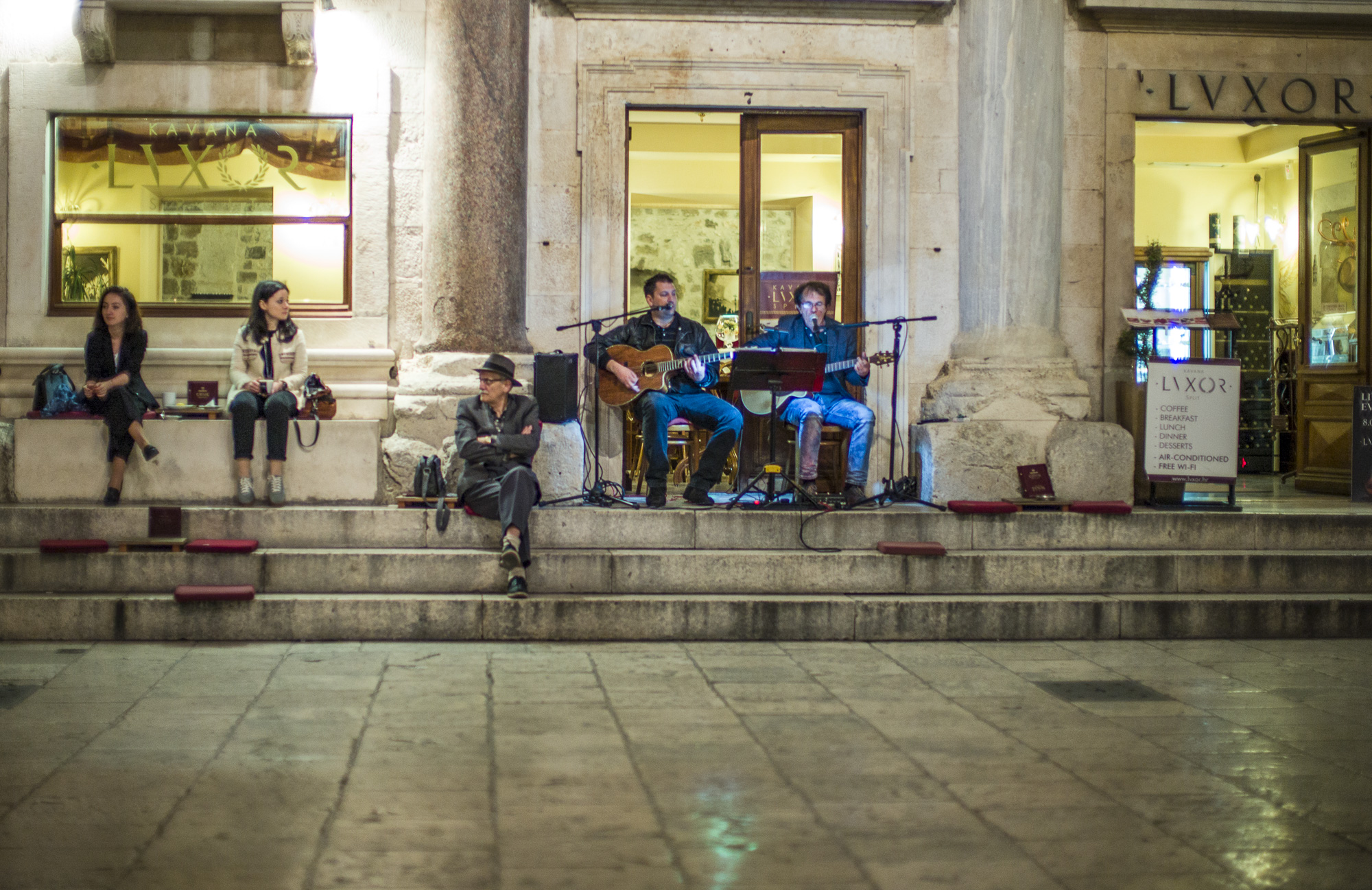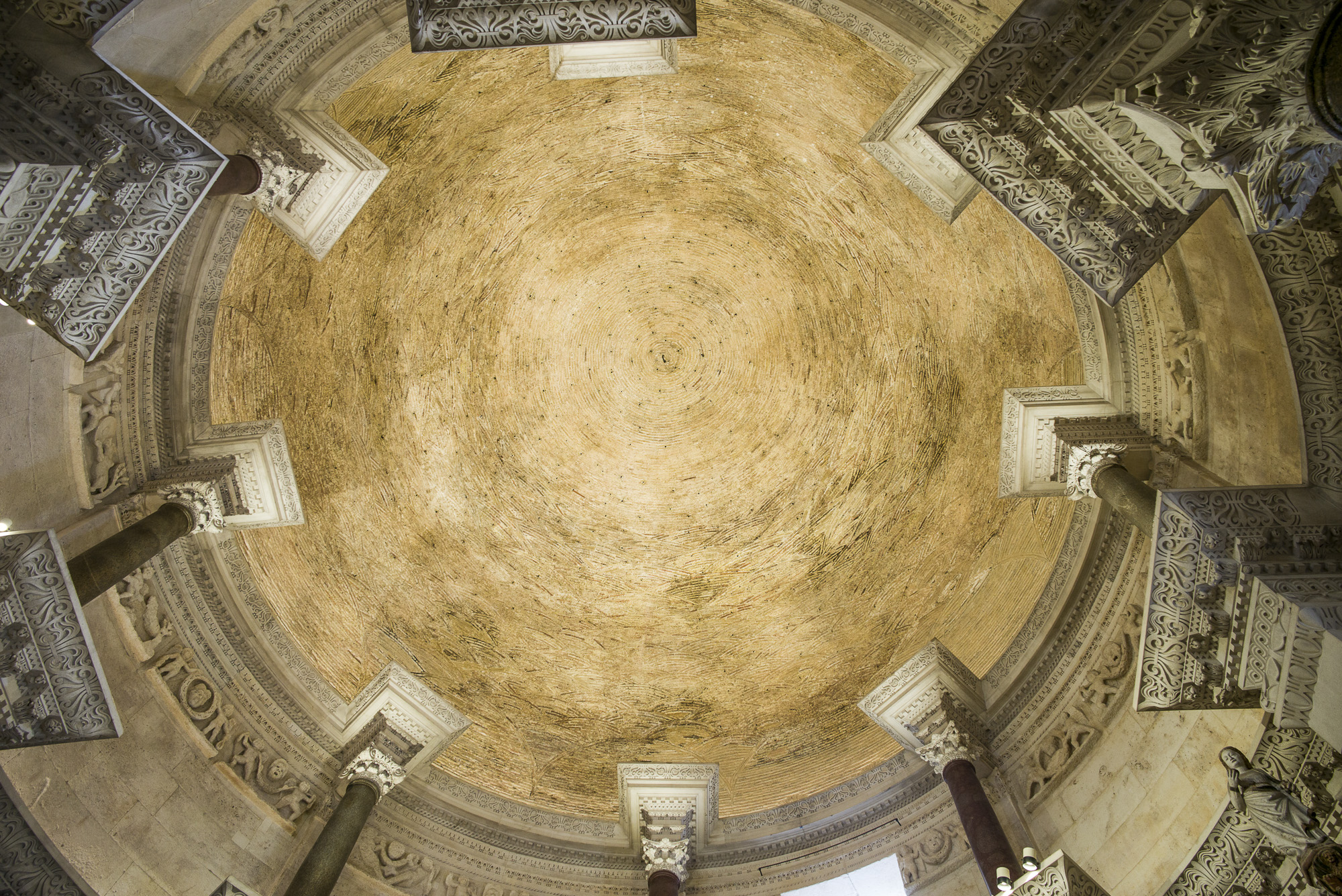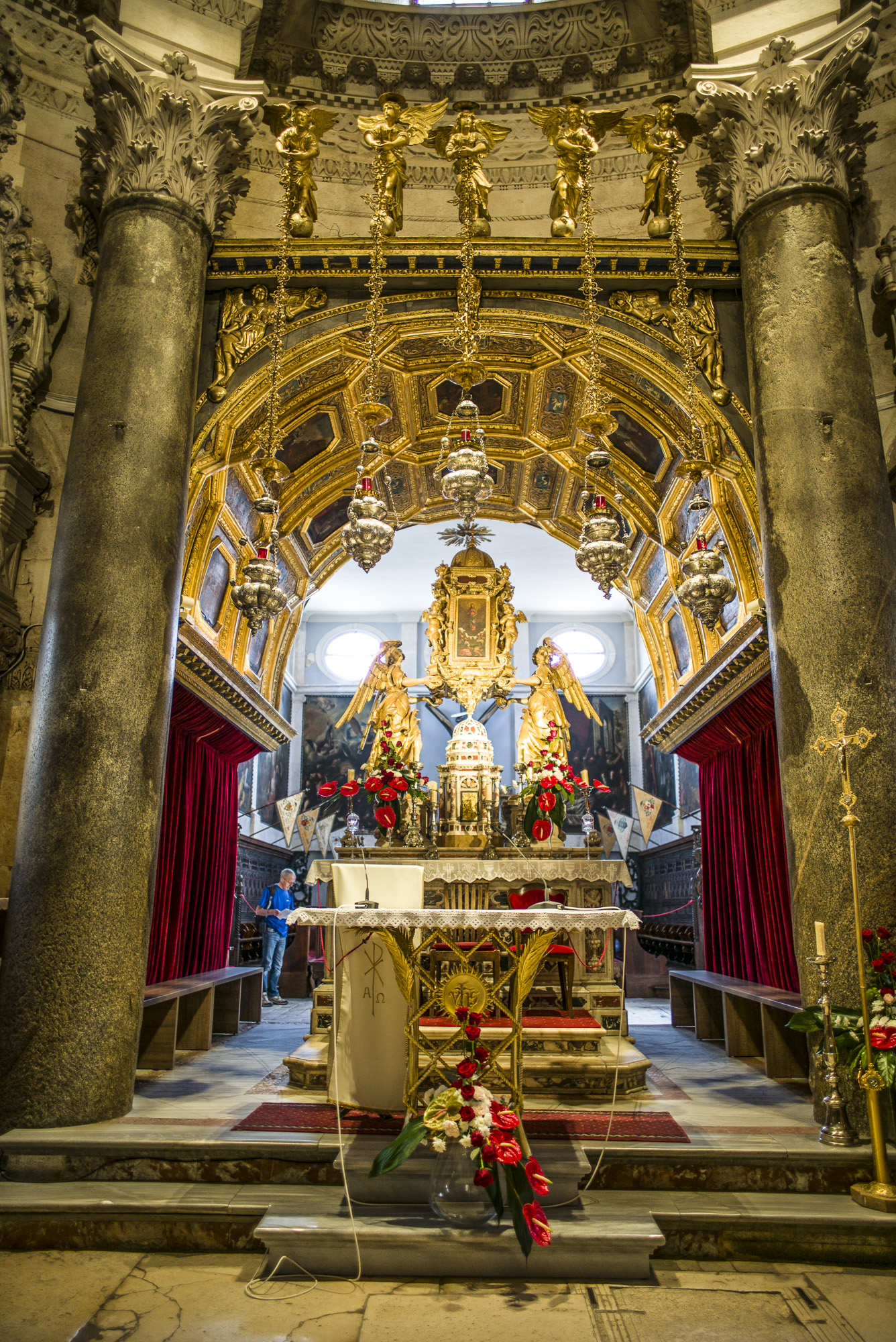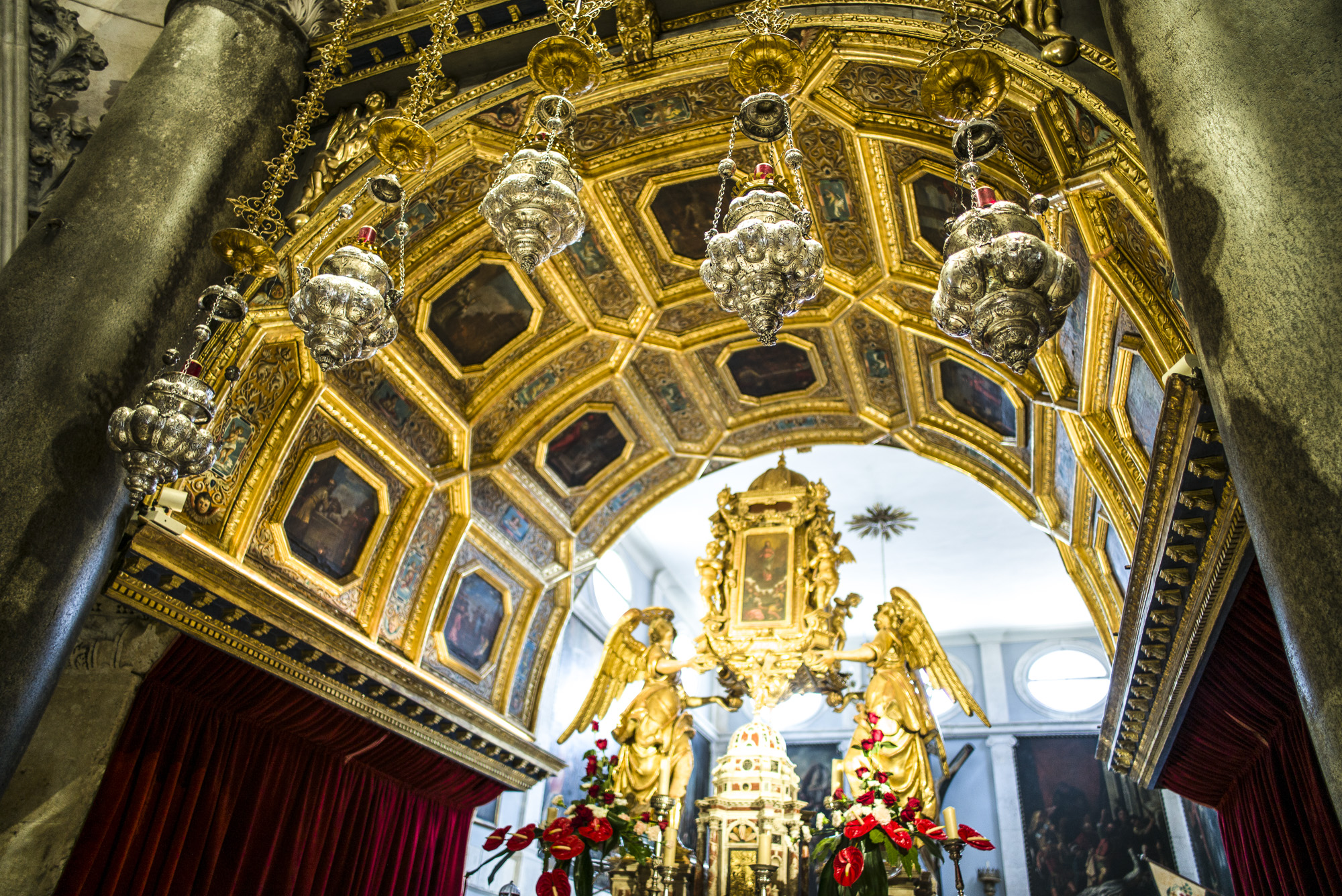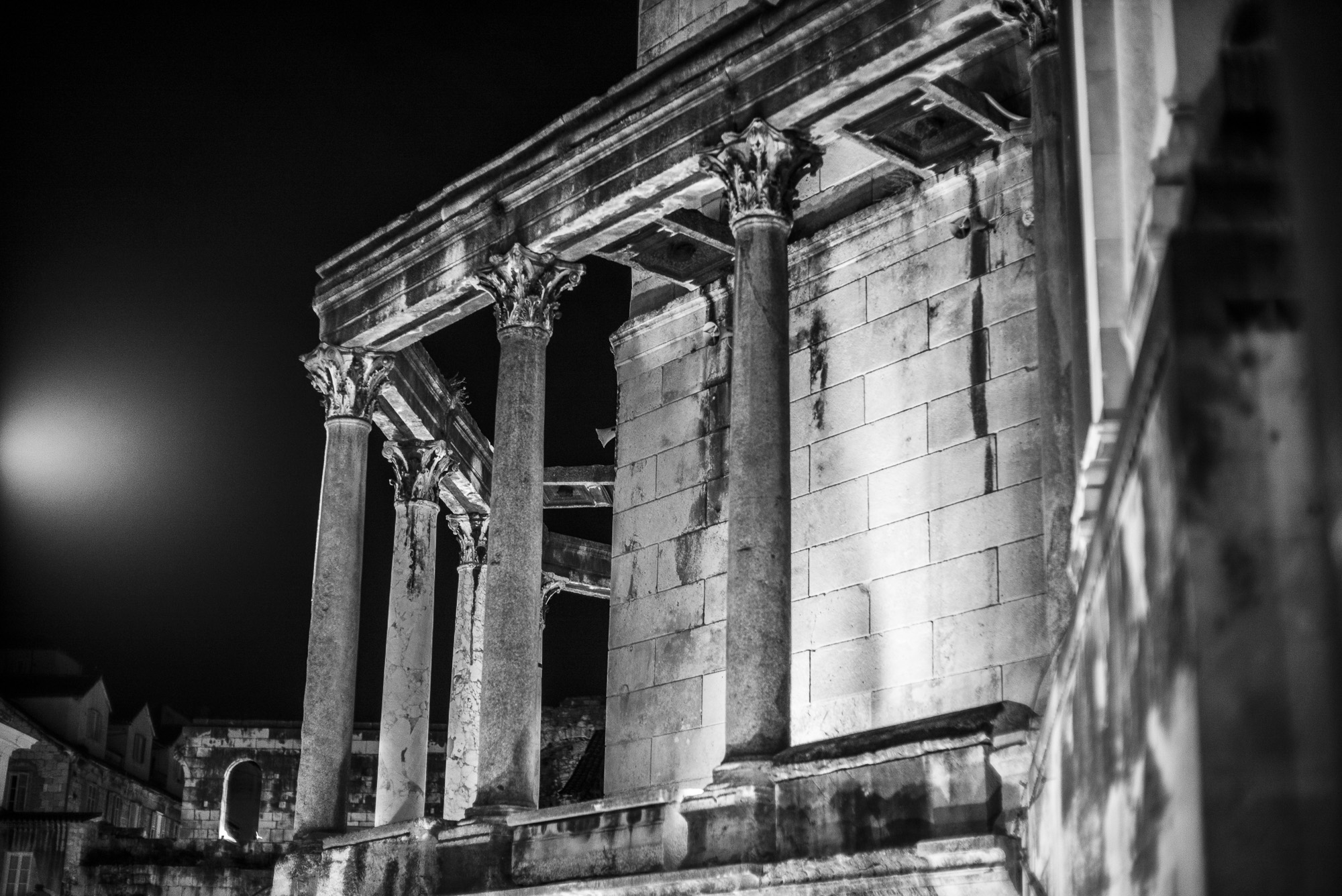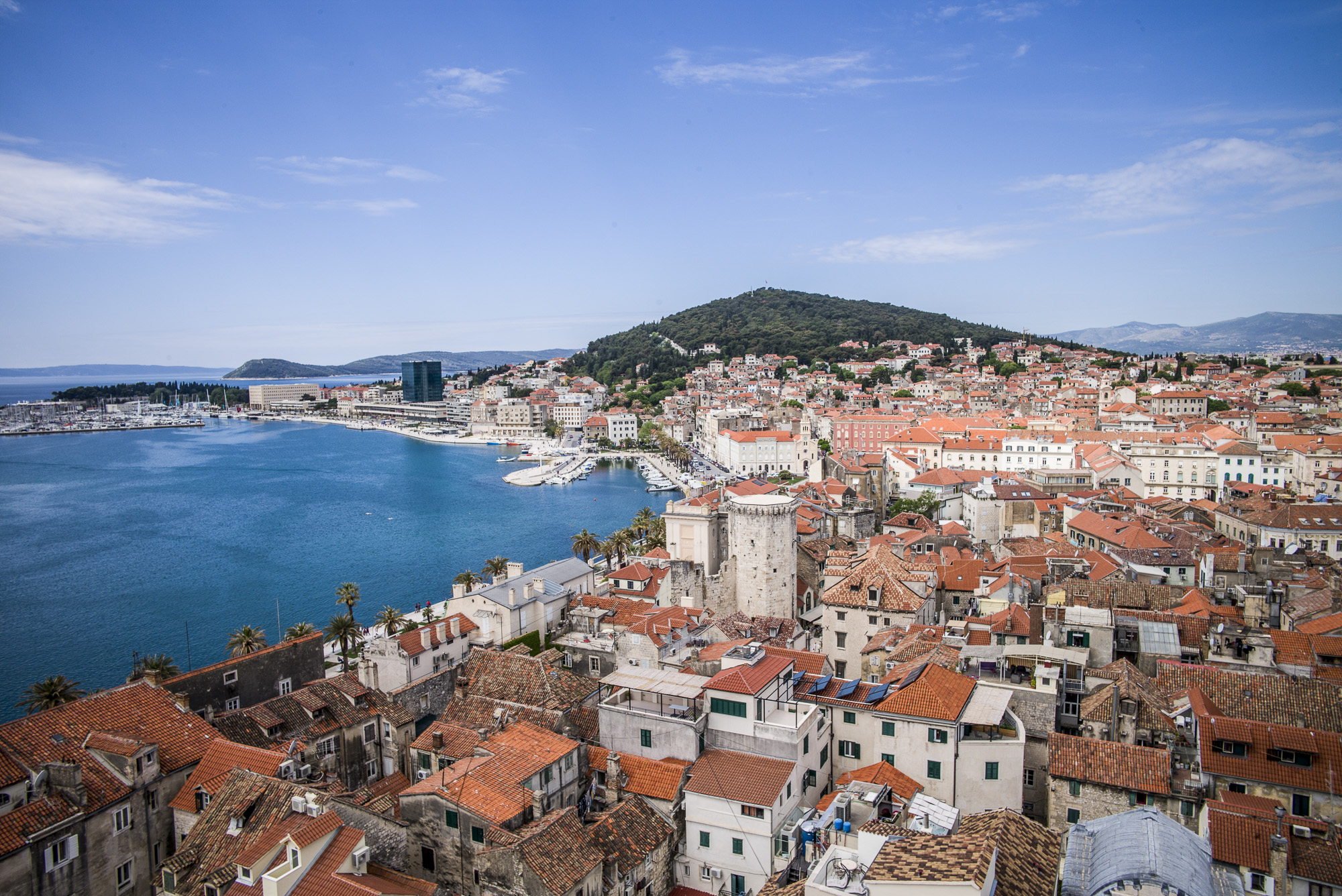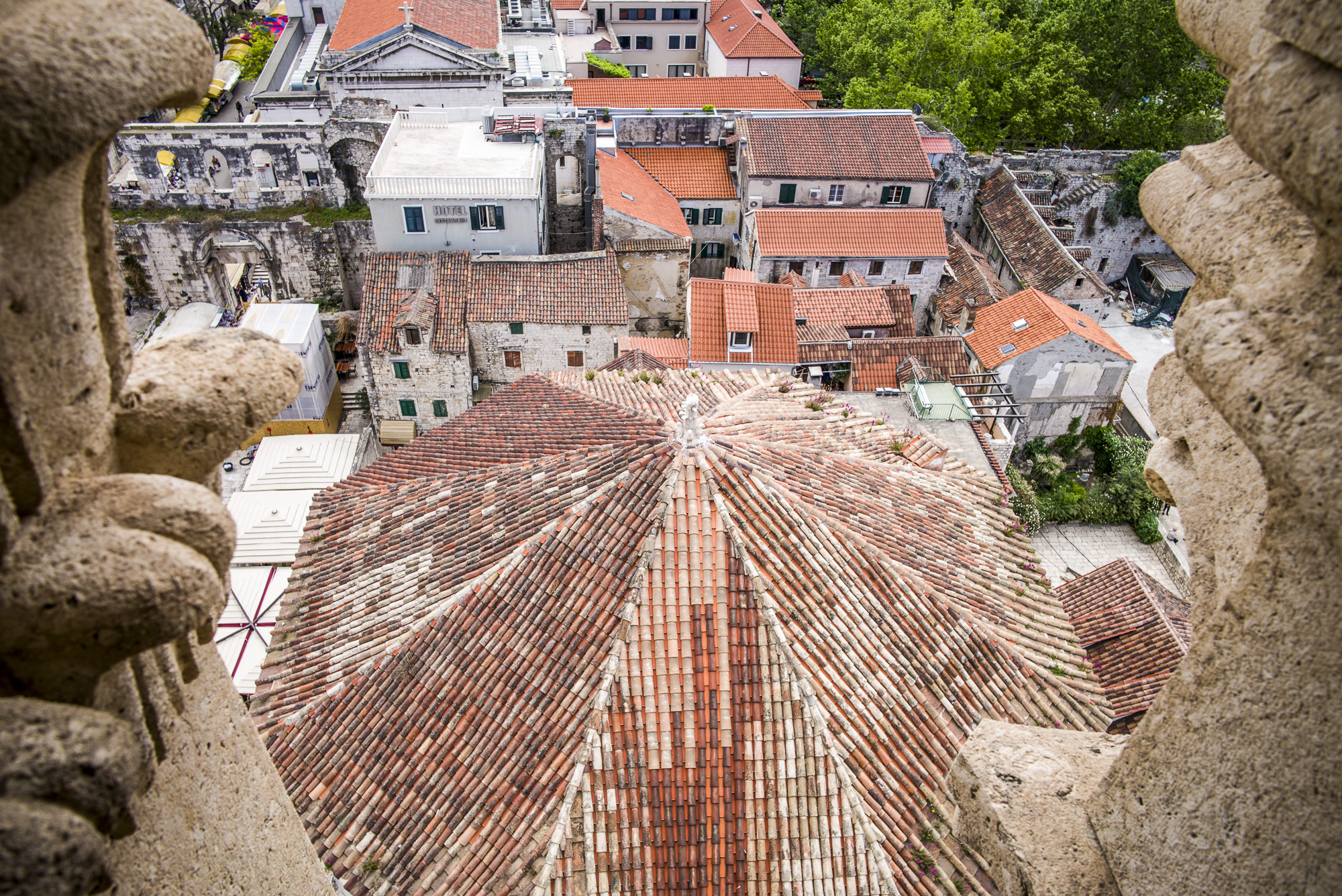Split, Croatia
“I wish you would come to Salona” (Split) and see the cabbages I have planted: you would never again mention to me the name of empire.”
Evening concert at Peristil, the public square at Diocletian's Palace
Why start this post with a quote from Diocletian?
Diocletian was the only Roman emperor to retire and his retirement palace was in Split. Imagine being the supreme ruler of the known world and walking away from absolute power. This is not the norm. We wanted to find out what was so compelling about this area and it turns out the Dalmatian coast is heavenly. Split is in the center of it. There is almost always a friendly breeze. The sea is blue, clear and full of fish. Hundreds of islands lie right off the coast. The climate is mild and perfect for growing grapes and olive trees. The hills rise straight out of the sea providing beauty and protection. Diocletian had the right idea.
A little history on Diocletian (Rick's take)
It's hard to talk about Split without a historical overview. And there is a lot of history so this is where the blog post begins. Or, if you prefer, scroll down for things to do, food or other.
Diocletian grew up in or near present day Split in a city called Salona. This major Roman settlement was about 5km from Split and was the capital of the Roman province of Dalmatia. Diocletian was one of the great emperors of Rome and came to power in 284 AD. He ruled for over 20 years. Prior to his rule, the Roman empire suffered the crisis of the 3rd century with civil wars, external threats and economic difficulties. These complex issues made the position of emperor dangerous. Emperors were killed about every couple years before Diocletian came along. At this time, the Empire was simply too large to be managed effectively with the administrative mechanisms of the past. Emperor Diocletian, instituted broad changes which allowed this cumbersome empire to be more effectively managed. One of the biggest changes was the sharing of power. Prior to Diocletian the main army stayed close to the emperor in order to protect him. However, this meant he needed to personally respond with his army to counter any invasive threat and now the territory was too large for one man to cover. Diocletian created the Tetrarchy with 4 emperors, 2 senior level - Augustus and 2 junior level - Caesar. He promoted his friend Maximian to Augustus to co-rule with him. Diocletian ruled the eastern realm and Maximian ruled the western lands. He promoted Constantius and Galerius to the level of Caesar. Galerius ruled an eastern army with Diocletian while Constantius assisted Maximian in the west. The tetrarchy allowed these 4 to share power and cover all the threats of invasion or civil unrest with greater speed and ease. Diocletian also instituted regional governing areas, called Diocese. Later, when Constantine the Great proclaimed Christianity the religion of the empire, the church adopted many of the empire's useful administrative tools. These religious districts remain part of the Roman Catholic church administrative structure today.
One of the main external threats to the Roman empire was the Persian empire. The Persians invaded in 295 and defeated the army of Galerius. Diocletian responded with increased strength in the army. He defeated the Persians in 298 and took the leader's wife and children hostage. A peace settlement was reached with Persia and the hostages were returned and peace lasted for the duration of his rule. Diocletian's changes created a more efficient and prosperous empire.
Cathedral built on top of Diocletian's mausoleum
A dark stain on Diocletian prevents him from earning high praise as one of the great Roman emperors. Toward the end of his rule, the Christian population was about 10% of the empire and there was concern this thriving population would become a political threat. Diocletian decreed Christianity illegal and the persecution of thousands of Christians began. It is estimated that the martyrs of Diocletian's era make up about half the 10,000 saints of the Catholic church. It is a bit ironic that within 10 years of his death, Christianity became the sole legal religion of the empire under Constantine. As a result of Diocletian's Christian persecution, his mausoleum was defaced and his bones were scattered. The structure was converted into a cathedral in the 7th century which makes it one of the oldest and smallest cathedrals in the world. Today the mausoleum/cathedral is open to visitors and is located next to the bell tower overlooking the palace.
When Diocletian retired he needed a transition plan allowing for the continuation of the empire. He was concerned about the concentration of power with one person at the top, so he convinced his friend and co-Augustus Maximian to retire simultaneously. Unfortunately the plan failed. Without Diocletian at the helm, the personal ambitions of Constantius and Galerius exploded into conflict. Maximian asked Diocletian to return as emperor in order to solve these conflicts but Diocletian said "No" and "I wish you would come to Salona" (Split) and see the cabbages I have planted: you would never again mention to me the name of empire."
Bullet holes from the Homeland War in Diocletian's Palace
Diocletian's palace is a Unesco protected site. The palace is also a living city with about 2000 inhabitants calling it home. As you walk the marbled streets you might see laundry drying in the Dalmatian air or hear the sounds of families and children. You walk the white marble walkways polished from centuries of footsteps. Each new corner provides a bit of history. You enter a time portal in Peristil Square and see a 4000 year old Sphynx from Egypt, buildings constructed 1700 years ago, Venetian and Baroque palaces 500 years old, a church built in the middle ages, and modern buildings from the Communist era. Look carefully at these modern buildings and you can see bullet holes from the 1991 Homeland War. Standing in this square you feel history and see the results of centuries of conflict. And in the evening, enjoy a drink, socialize and listen to beautiful, live music music under the stars and perhaps contemplate the lives that were here before you.
Searching out History
Consider booking a private tour of the palace if history is of interest. Tip - Ask your tour guide if scheduling after 6pm is worthwhile. Cruise ship guests usually return to their ship around this time. We toured the palace with Josko, a Split local and history buff. Here are his 5 star Trip Advisor reviews.
Game of Thrones
Yes, Croatia is the setting for many scenes in Game of Thrones, including the dragon scene filmed in the basement of Diocletian's Palace. You might even see some of the crew scouting around for new locations.
What to do
Cycling
There is natural beauty everywhere you look. The sea is multiple shades of blue and the hills are vibrant green. Cycling is an intimate way to experience an area. The senses are heightened as blood and oxygen flows through your body. You see every inch of road and country. You smell every scent and hear every sound.
My Croatian Riding buddy
Renting a bike is easy in Split as there are a couple bike rental places close to the palace. While not "high end" the bikes work well enough and allow exploration of the surrounding area. Súma Marjan is the park close by the town center where traffic is controlled so you don't have to contend with cars. The park is on a peninsula surrounded by water with a nice hill of about 550 ft elevation. I decided to climb this hill a few times to get in a good workout with a nice view. On one of my rides up this hill I met a local cyclist named Mate. We were well matched and became friends in no time as cyclists do. The next day we rode some of his favorite trails winding up the mountain roads through little villages to a peak of over 2000 feet. You can see Adriatic islands all the way to the Italian coast. Riding through these little villages is very pleasant. The air is clear, the traffic is low and the views are wonderful. You can ride the hills, the country, or the Adriatic coastline. There are little cafe bars to visit so you can appreciate the ride.
Boating
The Pomodorinis. Our Amsterdam friends
Get on a boat! To really experience the Dalmatian coast you need to do it from the water. The Jadrolinija ferry line goes just about everywhere in Croatia and catching a ride is the most economical way to island hop. The larger ships accommodate automobiles as well as bikes and people. No need to pre-buy tickets during the off season. However, this is probably not the case in the peak summer months. We took ferries to the islands of Hvar and Brač from Split. Both islands are large enough that having a car allowed exploration. Please check a previous blog post on Hvar and look for an upcoming post on Brač! Taking a taxi on the islands is also an option and not as expensive as you might think.
The Blue Cave
Consider chartering a boat or joining a sightseeing trip for a day. We took a one day trip with about 10 other people and made some new friends. We visited the blue cave, the green cave, the blue lagoon, a secret beach, the Paklini islands and Hvar. Along the way we shared stories, lunch and beers. One of the things we appreciate most in our travels is meeting new people from around the world. Sharing experiences with others makes our lives bigger. This boat trip made for a wonderful day.
Day Trips
Trogir
Trogir as seen from the fortified walls. What a great venue for a wedding!!
Trogir is an old Roman city. Trogir was ruled by the Venetians in the middle ages and attacked by the Ottoman Turks in the 1500's. The village has the familiar narrow streets paved with white marble stones. It has Venetian wells, a church honoring the patron saint of Trogir, a Venetian clock tower, and the stone walls that are seen in many old Dalmatian coastal cities. It is a great visit for a day and only about 20km from Split. Roam the narrow streets for some nice window shopping with goods from local artists. Alluring aromas fill the streets from the quaint restaurants. Trogir is on the water so enjoy the fresh catch of the day while you are there.
Salona
Sarcophagus at the ruins of Salona's necropolis
The ruins of the Roman City Salona are about 5km from Split. Salona was the major Roman city about 2000 years ago and the capital of the Roman Province of Dalmatia. It had a colosseum for gladiator games and aqueducts to supply the baths. Ruins of the oldest churches in the world are here dating back to the fourth century after Constantine decreed Christianity the religion of the Roman Empire. The Romans never buried the dead inside the city walls. There was a necropolis or cemetary outside the city for the dead. During the Great Persecution in the 3rd century, the Christians of Salona buried their dead here. Many of these Christian martyrs became saints, thus, this necropolis evolved into a major Christian cemetery. You can walk among many ornate sarcophagi which cover a large portion of the area.
Brac
This large island is home to a unique, precious white marble (reportedly used in the White House, however, there is no historical proof) and a stone cutting school where you can watch students learn their trade. The students work on huge marble stones on top of large wooden stumps in the workshop. While you are on the island, consider a drive to Bol on the southeastern side of the island. This is a picturesque village that is not on the tour bus or large cruise ship schedule. Enjoy spaghetti with seafood for lunch on the terrace at Restaurant Santo with Hvar island in the distance.
The classroom of the stone cutting school
Sports and more Sports
A local explained Split this way. There are 2 churches - the Catholic Church and the Pilijud Stadium, home of HNK Hajduks which is a professional soccer team. He then opened his wallet and proudly displayed his season pass. “Everyone in Split has one of these.” The red and white checkerboard displayed on the team uniform is also on the Croatian flag.
What’s a “Hajduk?” Hajduks were originally romanticized bandits that fought the rule of the Ottoman Turks and is also the name of the team.
The club was founded in 1911 in an old pub in Prague (then also part of the Austro-Hungarian Empire), by a group of students from Split. They went to the pub following a match between AC Sparta and SK Slavia and decided it was time their own town founded a professional club. The name "Hajduk" symbolizes "that which is best in our people: bravery, humanity, friendship, love of freedom, defiance to powers, and protection of the weak. Be worthy of that great name."
What is it about Split and the Olympics? Walk or run on the harbor promenade outside Diocletian's front door and you realize how big and how long this tradition is. There are no less than 73 names on this Olympic Walk of Fame and that makes Split the true capital of Croatian sport. Some claim there is no another city with so many medal bearers per capita. This walk of fame begins with football winning 3 silver medals in London 1948 and ends with 3 gold medals waterpolo in London 2012. The 10 medals Split athletes brought home from Rio in 2016 will surely get their own plaques!
Music at the Palace
At night within the palace walls, enjoy live music. The Luxor Café is in an old Venetian palace (of course, the Venetians were here!) bordering the polished white marble square. Weather permiting, music rocks the square. Ancient stone buildings create magical settings for live, intimate concerts. Music reflecting off the stone provides hypnotic acoustics. No tickets required! Sit back and enjoy. If you sit on the cushions provided you must purchase a beverage or put your puffy jacket down on the marble (a few feet away) for free.
Urban redevelopment and adaptive use
If history and palace living don't interest you, perhaps urban redevelopment and adaptive reuse that is "purposeful, enabling and sustainable on a broader scale” is worthy of study.
“I slid through more right-angled alleys that deposited me into an hallucination: a sunken square hemmed in by antiquities. The delicate remains of a colonnade filigreed one side, and the skeletal façade of a temple, now buttressed by brick... Spotlights dramatized the age-blackened columns, giving the scene a crumbling magnificence, while the cafe tables spread across the peristyle provided a jarring contemporary note. So that welded onto the indoor/outdoor motif - niches and statuary under the stars - was the even more compelling one of ancient and modern: teenagers flirting on ruinous walls; couples drinking in the shadow of the gods. It was like stumbling upon a cocktail party in the Roman Forum.” What the History of Diocletian's Palace Can Teach Us About Adaptive Reuse by Charles R. Wolfe https://www.citylab.com/design/2012/02/what-history-diocletians-palaces-can-teach-us-about-adaptive-reuse/1152/
Food
Mazzgoon, located inside the palace walls, has lovely outdoor seating on the back patio The menu features unique items like Very Important Salad, Red Mullets New Clothes and Green Egg filled on a Cream made of Spring Ljubitovica Garlic. $$-$$$
Uje Oilbar serves warm homemade bread, local wine and olive oil. Enjoy cheese, prosuitto and arugula served on a wooden board with olives and capers on the side. Price $-$$
Nadalina is the place for a chocolate fix. To celebrate their 25th anniversary, early one morning in 2015 after months of secret planning, they unveiled the largest bittersweet chocolate square in history on the imperial square, Peristil, and treated everyone to a bittersweet surprise.
D16 Specialty Coffee has the best coffee in Split and is located within the palace walls
Lodging
Want to live in a palace for a few days? You can in Split. Today, Diocletian's Palace is considered one of the only cultural monuments in the world where people still live. You may find residing in the palace is convenient because restaurants, bars and entertainment are just a few steps away. Cars are not permitted within the palace walls so coordinate with your host regarding parking. We recommend Villa Split whose helpful and friendly staff helped make our visit special.
Images of Split
Below is a small sampling of Split images. Please visit the gallery section to see more images. The image gallery includes galleries on Diocletian's Palace, Trogir, and Salona. Enjoy!










